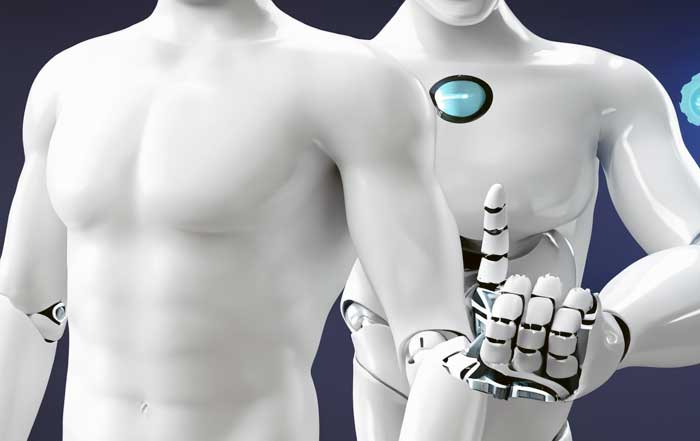The increasing presence of robots in our daily lives has lead to an exploration of what the future of human-robot interaction could look like. With robots becoming more and more intelligent, the possibilities for their integration into our lives are vast. From automated assistants to life-like robotic companions, it is clear that the future of human-robot interaction is an exciting one.
Robots are already being used to automate tedious tasks, such as vacuuming and mowing the lawn. As artificial intelligence (AI) improves, robots are becoming increasingly adept at performing more complex tasks. For example, robotic caregivers are being developed to help elderly people with tasks like bathing and dressing.
Robots are also being developed to act as companions for humans. These robots are designed to interact with humans in a natural way, responding to verbal commands and providing comfort. Many of these robots are equipped with touch sensors, allowing them to respond to hugs and other forms of physical contact.
In the future, robots could be used to assist humans in a variety of ways. They could be used to help in the home, such as cooking, cleaning, and taking care of children. They could also be used for healthcare purposes, such as providing medical advice and monitoring vital signs.
Robots could also be used to assist in work and education. They could be used to automate tedious tasks, freeing up workers to focus on more creative tasks. They could also be used to provide students with personalized learning experiences, tailored to their individual needs.
As the technology behind robots continues to improve, they will become increasingly useful in our daily lives. However, with this increased use comes the need for proper regulation. Regulations will need to be put in place to ensure that robots are used responsibly and ethically.
For instance, regulations could be put in place to protect the privacy of humans interacting with robots and to ensure that robots are not used to exploit humans. Regulations could also be put in place to ensure that robots are programmed with the latest safety protocols.
The possibilities for human-robot interaction are vast and the future is exciting. As AI and robotics continue to improve, robots will become increasingly useful in our lives. With proper regulation, robots could be used to improve our lives in a variety of ways, from automating mundane tasks to providing companionship. The future of human-robot interaction is an exciting one and the possibilities are endless.

